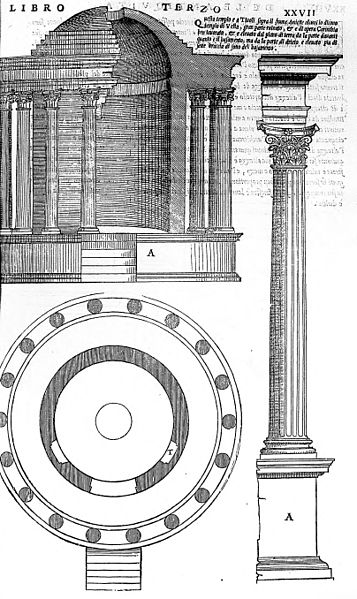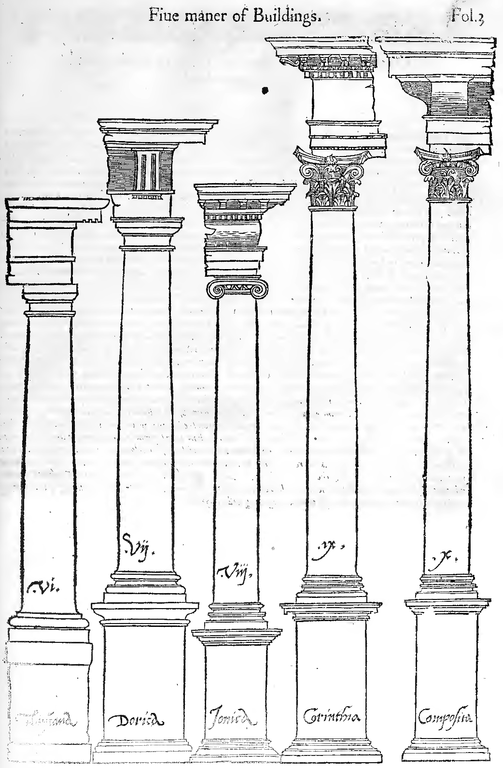By Anne Leader
Architect and theorist Sebastiano Serlio was born in Bologna on 6 September 1475. First trained as a painter, Serlio moved to Rome in 1514 where he studied architecture with Baldassare Peruzzi. He fled the 1527 Sack of Rome to Venice and then moved to Fontainebleau in 1540 at the request of French King Francis I to serve as an advisor on his chateau project.
More than his buildings, few of which survive or have been identified, Serlio’s treatise Tutte l’opere d’architettura, et prospetiva had great influence Europe-wide. It was first translated into English in 1611. Written more as a practical guide than abstract theory, Serlio’s illustrated treatise was regularly consulted by those wanting to incorporate all’antica style into their designs.
Reference: ”Serlio, Sebastiano.” Grove Art Online. Oxford Art Online. Oxford University Press.
Further reading: Sebastiano Serlio: Architect by Sabine Frommel (2004); Sebastiano Serlio on Architecture trans. by Vaughn Hart and Peter Hicks (2005)
Antonio Fantuzzi after Sebastiano Serlio, An Architectural Capriccio with Ruins and an Obelisk, etching, ca. 1550
Lorenzo Lotto, Portrait of an Architect (possibly Serlio), 1535, Berlin: Gemäeldegalerie
Plans of the Temple of Vesta in Tivoli, Book III, 1560
Canon of the 5 orders, as published by Robert Peake, London, 1611




